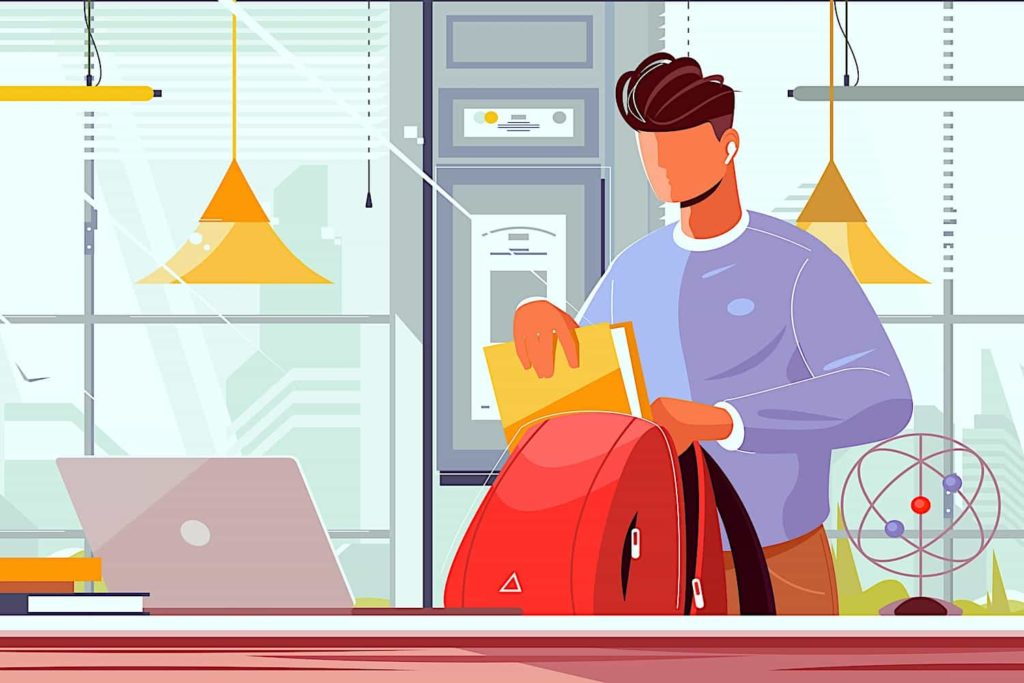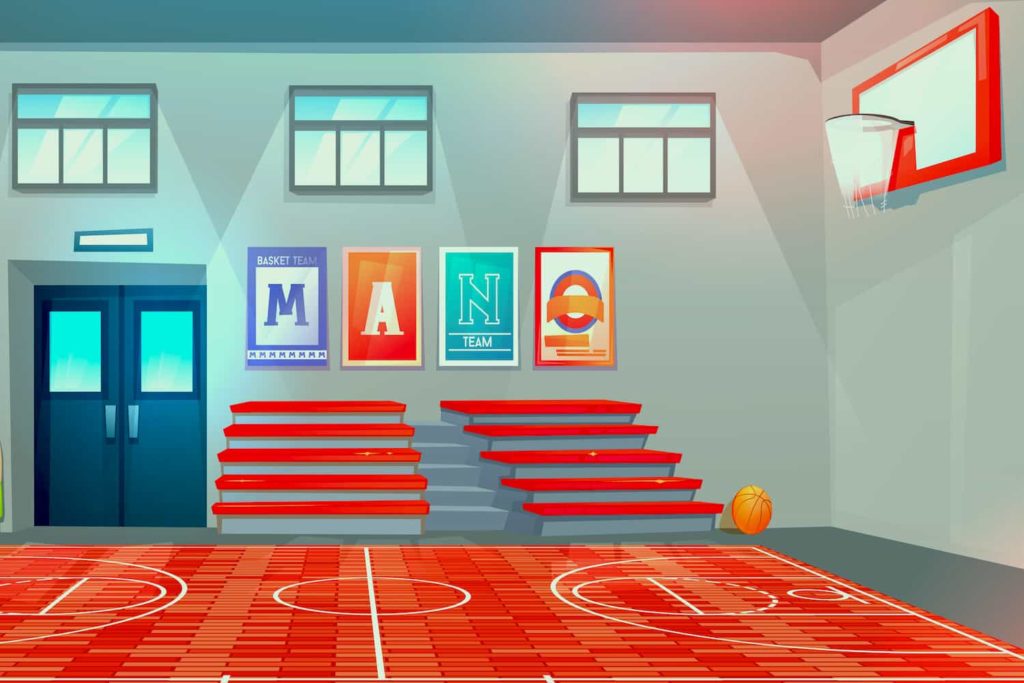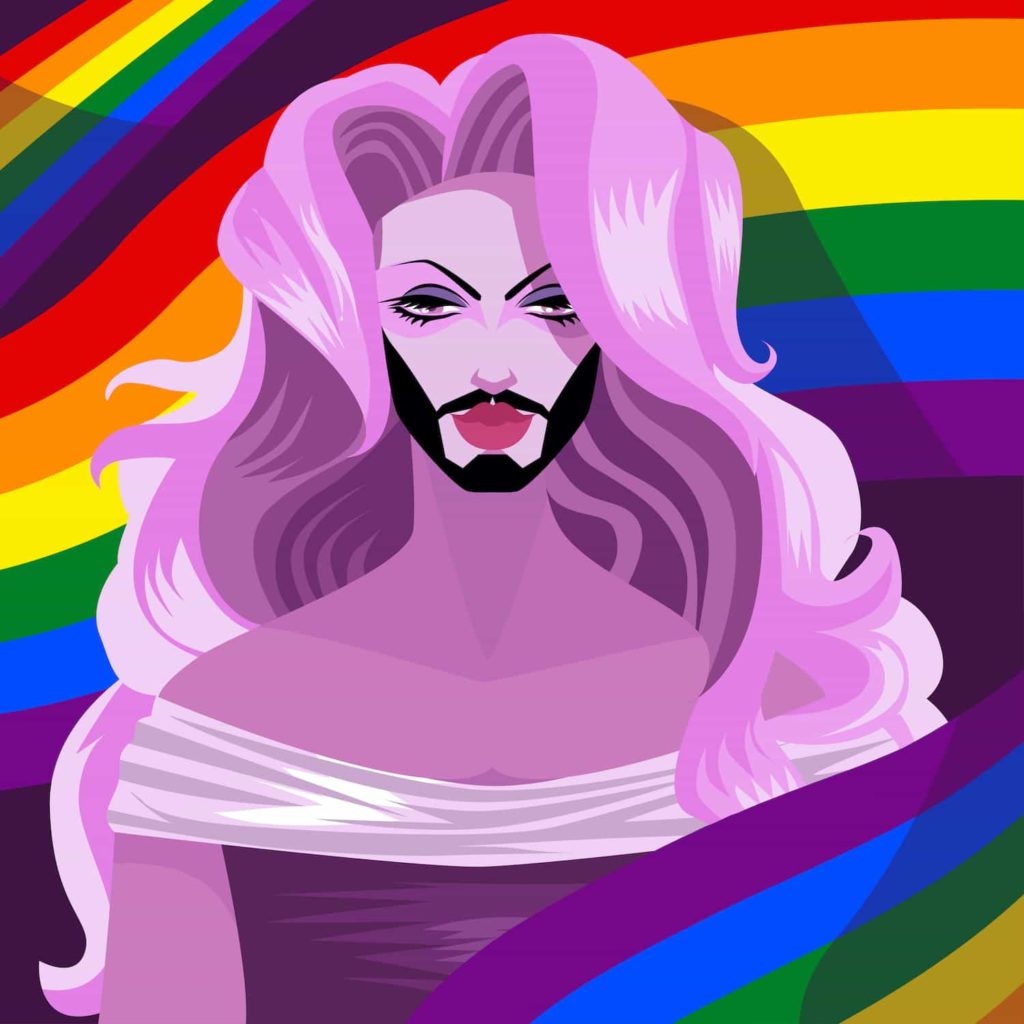
A Spectacularly Better School Year
In a beloved 1970s musical about high school in the 1950s, two characters have an exchange that epitomizes extreme reactions to the start of the new school year. In one of the opening scenes of Grease, the peppy cheerleader Patty Simcox beams, “Oh I just love the first day of school, don’t you?”
The acerbically awesome Rizzo responds flatly, “It’s the biggest thrill of my life.”
Whether you’re a Patty or Rizzo, a high schooler or a parent, a college student, a graduate student, a teacher, a professor, a school staff person, or an administrator, the beginning of the school year means that life is about to change in big ways (if it hasn’t already).

August and the start of the new term have always filled me with mixed emotions. Part Patty, part Rizzo, I love school, but dread aspects of it. The good thing about calendar cycles, such as the school year that starts anew in late summer/early fall, is that we have a chance to start over each year. The beginning of the school year gives us the opportunity to imagine a better educational experience through a technique I like to call SPECTACULATION (spectacular + speculation).
A Spectacularly Simple Concept
The idea is a relatively simple one. You begin with a problem, any problem. Here I examine the technique in educational settings, but it can be adapted to other circumstances. Once you’ve identified the issue, you imagine solving it in the most extreme and fantastical ways possible. The more hairbrained and ridiculous your speculative solutions are, the better (my only caveat is that the results be kind to yourself and others).

The rationale for this technique is that we often get stuck in the small realm of the probable, so much so that it keeps us from imagining unusual answers to our problems. If we give ourselves the permission to brainstorm into the much larger realm of the spectacular, we may just find surprising solutions.
Childhood as a Source
Children have no problem with spectaculation. Their unbound imaginations let them create fantastical scenarios with very little connection to what is probable or even possible in the real world.
My first memory of what I now call spectaculation comes from childhood (I was in seventh grade, but I was a late bloomer). I don’t remember the cause, but one day our study hall location was moved to the gymnasium. Instead of being confined to a desk for my study period, I was able to spread out on a section of the gym floor. It was much easier for me to organize myself with my books and papers extended over a larger area. I could also stand up and move around the materials without being scolded. I was liberated to do my homework in a way that felt right to me.
Over dinner that night, I asked (probably without any segue), “what if we had a basketball court?” My parents were confused as I had never expressed any interest in basketball. With some prompting, I explained what had happened that day in study hall.

My parents couldn’t provide me with a private basketball court, but that didn’t stop my ridiculous request from becoming a real-world solution. My mom was the head nurse at an eldercare residence in our little town, and she would often go back to work for an hour or so in the evenings to catch up on paperwork; this was also coincidently the time that I often did my homework.
There were enormous tables in the dining room of the facility, which were unoccupied by early evening as the residents had already eaten their dinners. She asked me if I would like to try studying there. It was perfect. I could spread out over one of the tables and move around to look at my maze of papers and books from different angles whenever I wanted.
I have continued to find ways to be able to spread out my materials and move around them when I need to study or work creatively. I’ve never actually had a basketball court to work on, but that ridiculous request led me (and my parents) to discover a solution to my study problem. Throughout my life I have found various ways of accommodating my preferred way of working and it all started with entertaining a spectacularly ridiculous solution.
Dragtacular Adulthood
I have continued in educational settings for most of my life as I pursued graduate degrees and then became a professor. Early on in my career, I adopted a fairly standard masculine “uniform” for my teaching attire: dress slacks, a button-down shirt with a collar, and a sportscoat. It didn’t feel completely “me,” but it was what was expected by students and the administration.

As the years went by, and as I become more comfortable with my creativity and my identity as an LGBTQ person, my standard uniform felt less and less right to me. It took a long time for me to realize what wasn’t working, but when I did discover the problem, I spectaculated it.
I imagined myself going to campus in full-on, showgirl drag: high heels, a sequenced dance outfit, huge hair, and spectacularly colorful makeup. Would I actually go to work in drag? No. That’s not me either (but if that’s you, I would totally support you investigating that option). In my case, reaching out to what was a spectacular extreme for me helped me discover a solution that worked. I began to get concrete about ways that I could make my attire more reflective of the person I am. I started keeping my eyes open for pieces of clothing that were professional, but unusual, and more importantly, were ME.

My favorite example of what eventually worked was a bright pink/fuchsia sportscoat. I could wear it with the rest of my standard uniform (slacks and dress shirt), but it communicated more of who I was. I also noticed the more I appeared to be the person that I was inside, the more genuine my interactions were. I think that students could tell that I was being who I authentically was, and that gave them the confidence to be who they were. That doesn’t mean that there wasn’t push-back. There were administrators and colleagues who treated me differently or looked askew at my new wardrobe choices, but I was being true to the person I am. Imagining myself teaching in drag brought me to the solution of a more colorful me.
Be Spectacularly Ridiculous
The new school year is an opportunity to address the things that are not working for us in our current educational settings. Sometimes we remain in circumstances that aren’t optimal because of a lack of imagination. We accept things the way they are instead of envisioning the way they could be. I accepted studying at a small desk for years, and then later accepted being a less colorful version of myself. Most of us will not, in the end, pursue the most fantastical solutions to the problems we address through spectaculation. Imagining those exaggerated scenarios, however, might be what we need to envision an academic year that works better for us, no matter what our roles are in the educational system, and regardless of whether we are a Patty or a Rizzo.